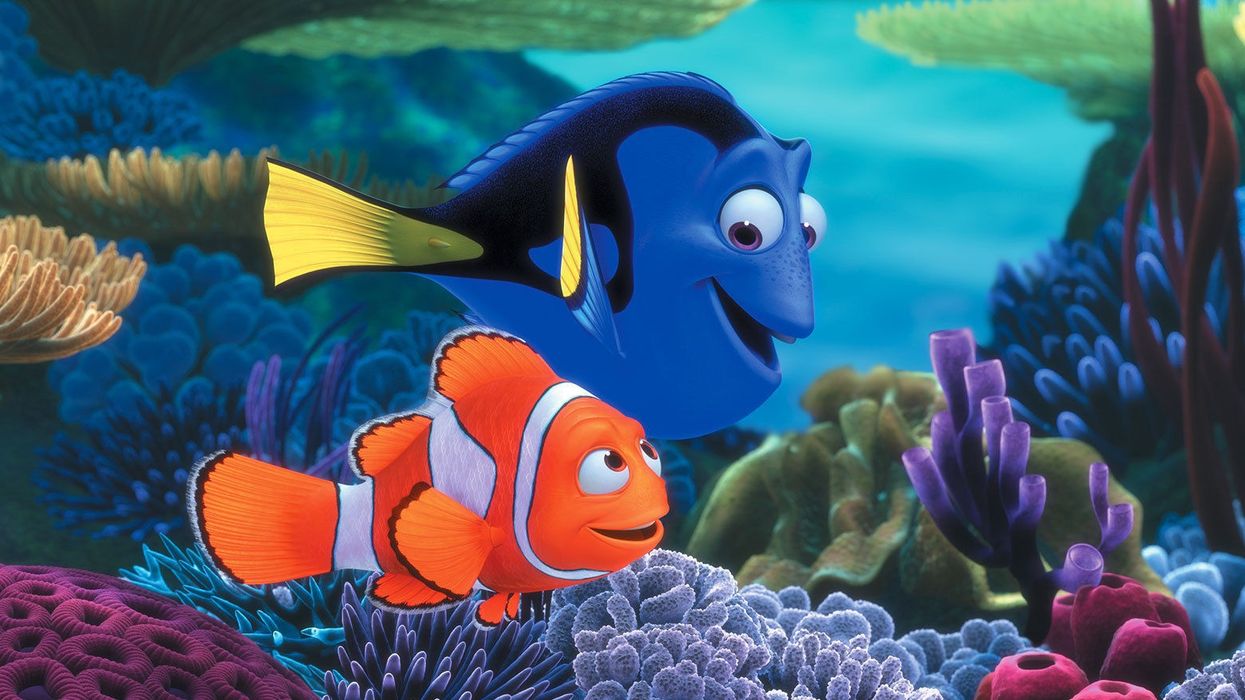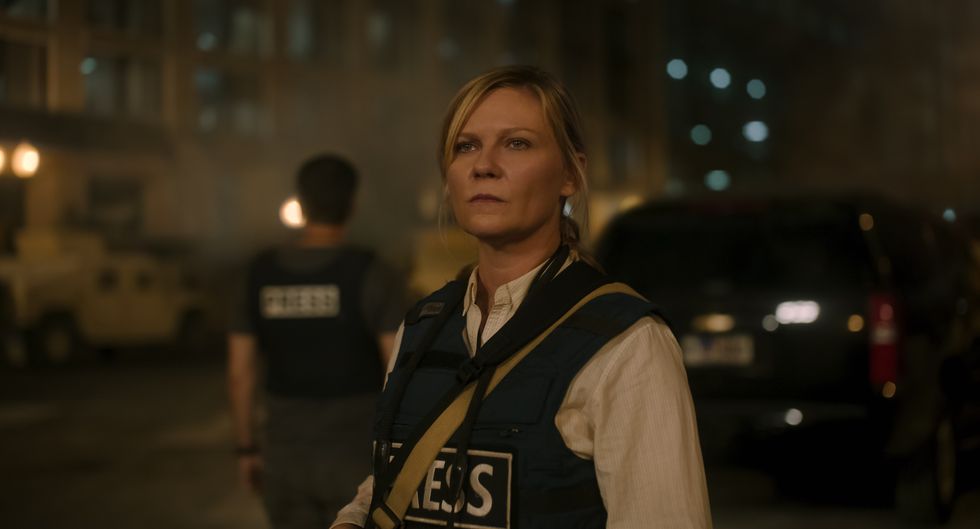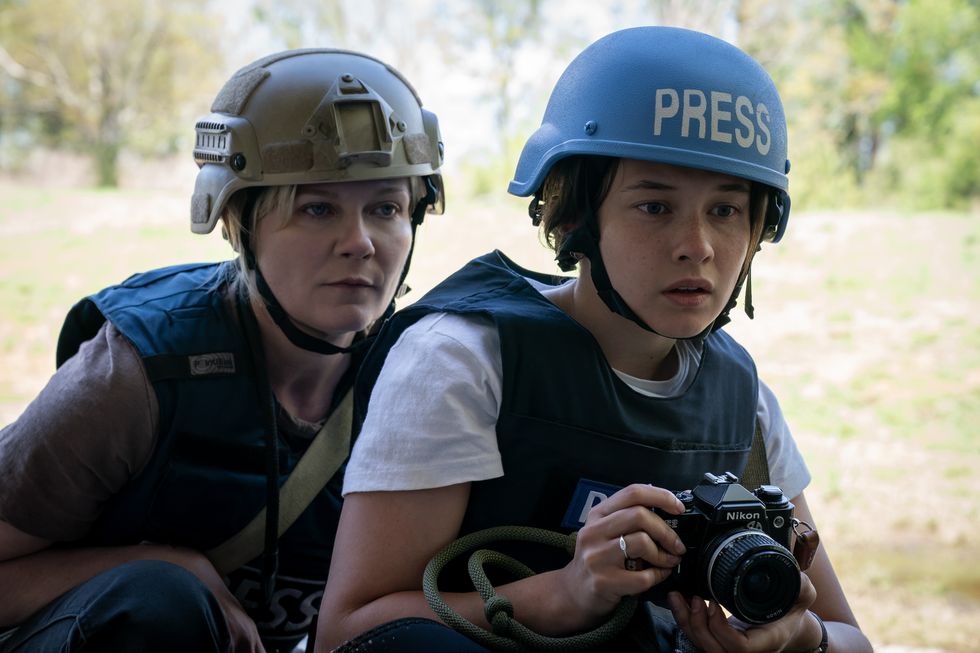Elements of Storytelling That Will Help You Write Emotionally Dynamic Scripts
No one knows storytelling quite like Pixar.

Their films are entertaining on so many levels; they make us laugh, make us cry, and even make us want to become better filmmakers. But perhaps the greatest quality of a Pixar movie is its ability to move an audience, which is adirect result of the brain trust's aptitude for great storytelling.
If you've already memorized their 22 tips on storytelling and want a little more material to study, check out this video from Must See Films' Darren Foley, in which he uses Finding Nemo to explore how Pixar manages to make such powerful emotional connections simply by telling a story.
If you don't have time to check out the video, here are the takeaways mentioned in it:
The desire and climax
In storytelling, everything builds up to the climax. Every plot point, every reversal, every conflict exists for this one moment in the film where the intense pressure and tension finally releases and the entire story takes a turn toward a final resolution. In other words, if story is the king of a film, a climax is the king of a story. And when deciding how to build your story up to this crucial point, you have to keep a couple of things in mind.
Your climax is directly connected to the desire of your main character. In Finding Nemo, Marlin's desire to keep his son Nemo safe makes for an intense climactic moment when he finally decides to let go and allow him to risk his life to save the lives of others. This means that the stakes must be raised; Marlin must stand to lose everything if he doesn't get what he wants.
However, the climax wouldn't be as hard-hitting if Marlin's flaw wasn't tied in directly with his desire. Audiences want to see characters overcome obstacles, of course, but they become more emotionally invested when overcoming those obstacles means overcoming a weakness in themselves. In storytelling, this is represented in internal and external conflicts and goals. Here's what that looks like in Finding Nemo:
- Marlin's External Conflict: His son Nemo gets captured by a diver.
- Marlin's Internal Conflict: He fears venturing into the unknown.
- Marlin's External Goal: Rescue Nemo.
- Marlin's Internal Goal: Overcome his anxiety.
Know the crescendos
There should be a certain natural rhythm to a story, complete with ups and downs and twists and turns. These are known as turning points, which are quite literally points in the story where circumstances change—and they occur for both internal and external conflicts. Nemo getting captured is a turning point. Marlon and Dory getting trapped in the whale is a turning point.
Deciding where to put these is a little up to debate, especially depending on which screenwriting guru you ask. Though it risks feeling formulaic, I'm a fan of the Three Act Structure, mainly because it appeals to the way I make sense of story information. In this structure, turning points occur at the end of Act I and in the middle and at the end of Act II. But keep in mind that action rises and dissipates, or crescendos, between each turning point. Most screenwriters know to allow the action to rise from the beginning of the story until the climax, but they often forget that this occurs on a smaller scale between turning points and even within individual scenes.
The Final Action
Foley shares a great piece of advice in the video that reveals the growth and inner change of a character. He says:
Ask this question of any film: "What is the action the character finally takes at the end of the film that he wasn't ready to take in the beginning."
So, at the beginning of Finding Nemo, Marlin wasn't ready to let Nemo go off on his own, because he was afraid something bad would happen to him. However, at the end of the film, he is finally ready to allow Nemo to do this, to take a huge risk, gimpy fin and all. It's an interesting and useful trope at work here, too, because Marlin's unwillingness to let him go is what brought about the external conflict (Nemo getting captured) in the first place, but his willingness is what eventually saves the day.
What's the dramatic question?
Foley describes the dramatic question as "a question that is being asked in various forms in every scene of the film." You can think of it, too, as the question the audience is asking when they watch a character go through trials, or even as a theme that is continually revisited throughout the story. As Foley points out, the dramatic question in Finding Nemo is, "Will Marlin let go despite his own fears?"
It's definitely worthwhile to develop this in your own screenplays, because it can bring you back to the central issue in your story, the main obstacle that keeps your character from growing or fulfilling their desire.
Internal/External Goals
We've already touched on internal and external goals at the beginning of this article, but since these things are essential building blocks of all narratives, there is plenty more to talk about.
Again, external goals are the obstacles a character has to overcome to save the day: save the world, get the girl, win the game, etc. You might've seen them described as:
Man vs. Man
Man vs. Nature
Man vs. Society
Man vs. Machine
Man vs. some kind of supernatural being
Internal goals are the obstacles a character has to overcome to save themselves—emotionally. And Foley makes a great distinction between the two, that the external goal is what the character wants and the internal goal is what the character needs. Here the illustration from the video that breaks down how to develop a successful character arch.
Concepts within scenes
So far we've talked about the narrative as a whole, but the scenes that make up the narrative also work in the same way.
What is the point of the scene?
Everything in a screenplay must be economical; everything must exist and occur for the purpose of pushing the story along. This goes for scenes as well (especially?), and to draw from one of the previous headings, every scene should ask and then answer the dramatic question. Scenes do other things than that, of course—they introduce characters and give new information—but for the most part, they bring the audience back to the issue at hand, the character deciding whether or not to overcome their obstacles—and when reduced down to their most basic functions, scenes are facilitators of the main character being forced to make choices.
What do the characters want?
Along the same line, individual scenes also reveal what the characters want—not on the grand scale of the entire narrative, but within that short moment of the scene. In pretty much every scene Marlin and Dory are busy running away (from the sharks, from the jellyfish, from that terrifying deep sea fish from hell), which serves as a microcosm of the main theme in the film as whole.
What is the conflict?
Again—microcosm. While there's an overarching conflict throughout the entire film, each scene has its own conflict that the character has to overcome by the end of it. For Marlin and Dory, it's finally escaping from whatever they were running away from.
How does the scene turn?
A scene must go from one state to another, like "from employed to fired", "from married to divorced", or in the case of the whale scene in Finding Nemo, "from free to trapped".
How does this advance the story?
At the end of every scene, your characters should find themselves a little closer to attaining their internal and external goals (unless of course there's a setback). This helps to advance the story.
Source: Must See Films





















